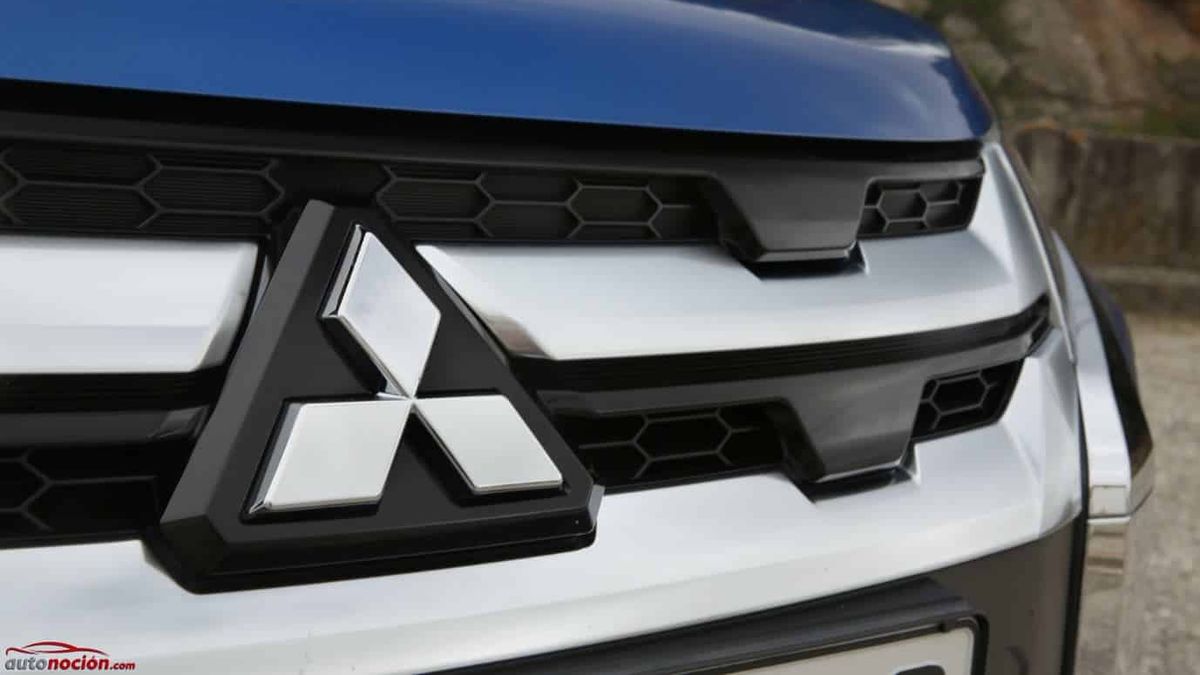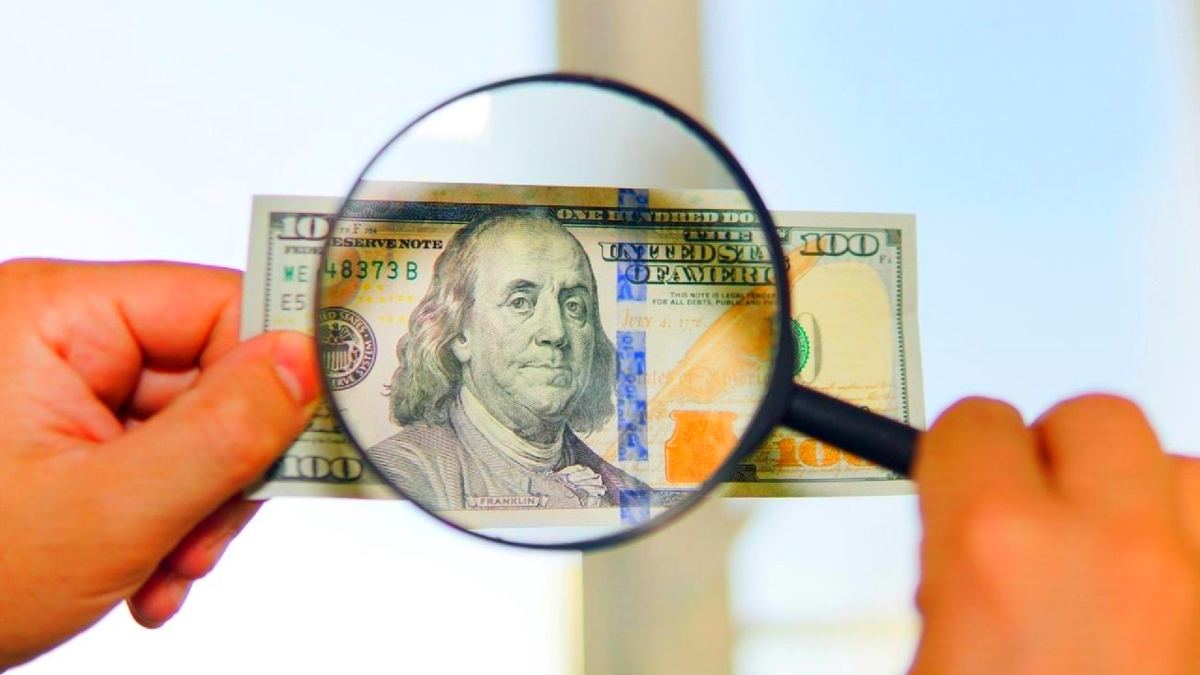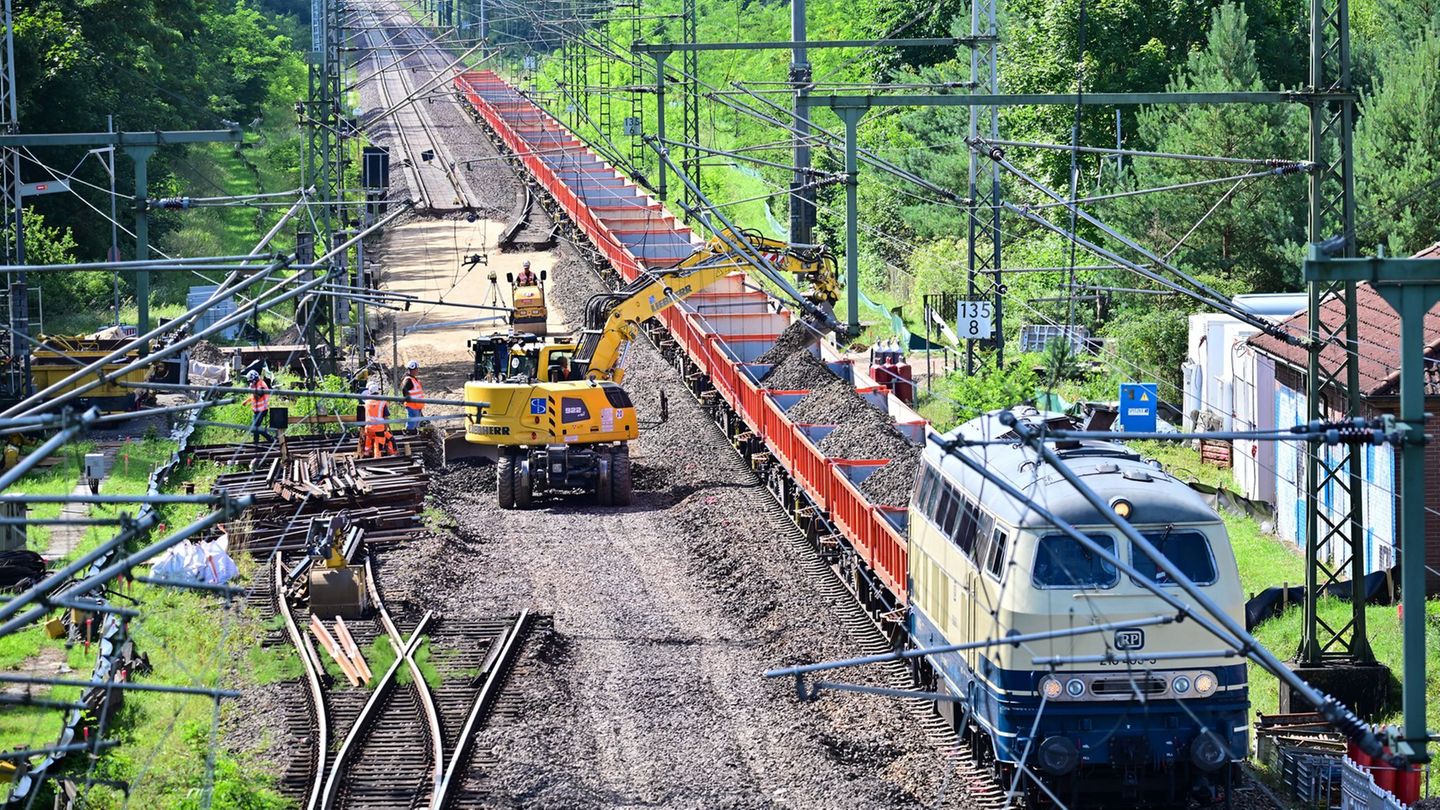Mitsubishi, a mineral resource and trading company with energy and metals assets around the world, aims to cut its greenhouse gas emissions in half by 2030 from 2020 levels and achieve net zero emissions. by 2050, it said in a statement.
The measure was unveiled at a time when producers and consumers of oil and coal around the world accelerate the exit of fossil fuels with the investment in cleaner energies and develop technology to eliminate the gas emissions that are generating global warming.
Of Mitsubishi’s 2 trillion yen budget, about half will be spent on expanding its renewable energy assets, primarily wind power, while the remainder will go to hydrogen and ammonia, liquefied natural gas (LNG), and metals used in electrification and the elaboration of batteries.
The Japanese company will continue to invest in LNG, as it believes the fuel will play an important role as transitional energy, but plans to use carbon capture and storage (CCS) and other technologies to reduce CO2 emissions in the supply chain of LNG.
Mitsubishi is also considering increasing its stake in base metals used in electrification, such as copper.
In addition, he said that he contemplates new investments in metals used in the manufacture of batteries, such as lithium, and other materials linked to the green economy, including bauxite, the raw material of aluminum that is used to lighten vehicles and reduce emissions of carbon dioxide.
Mitsubishi, which has a large exposure to coking coal mines, plans to maintain the size of these assets for now, he said.
By Yuka Obayashi, from Reuters agency
David William is a talented author who has made a name for himself in the world of writing. He is a professional author who writes on a wide range of topics, from general interest to opinion news. David is currently working as a writer at 24 hours worlds where he brings his unique perspective and in-depth research to his articles, making them both informative and engaging.




